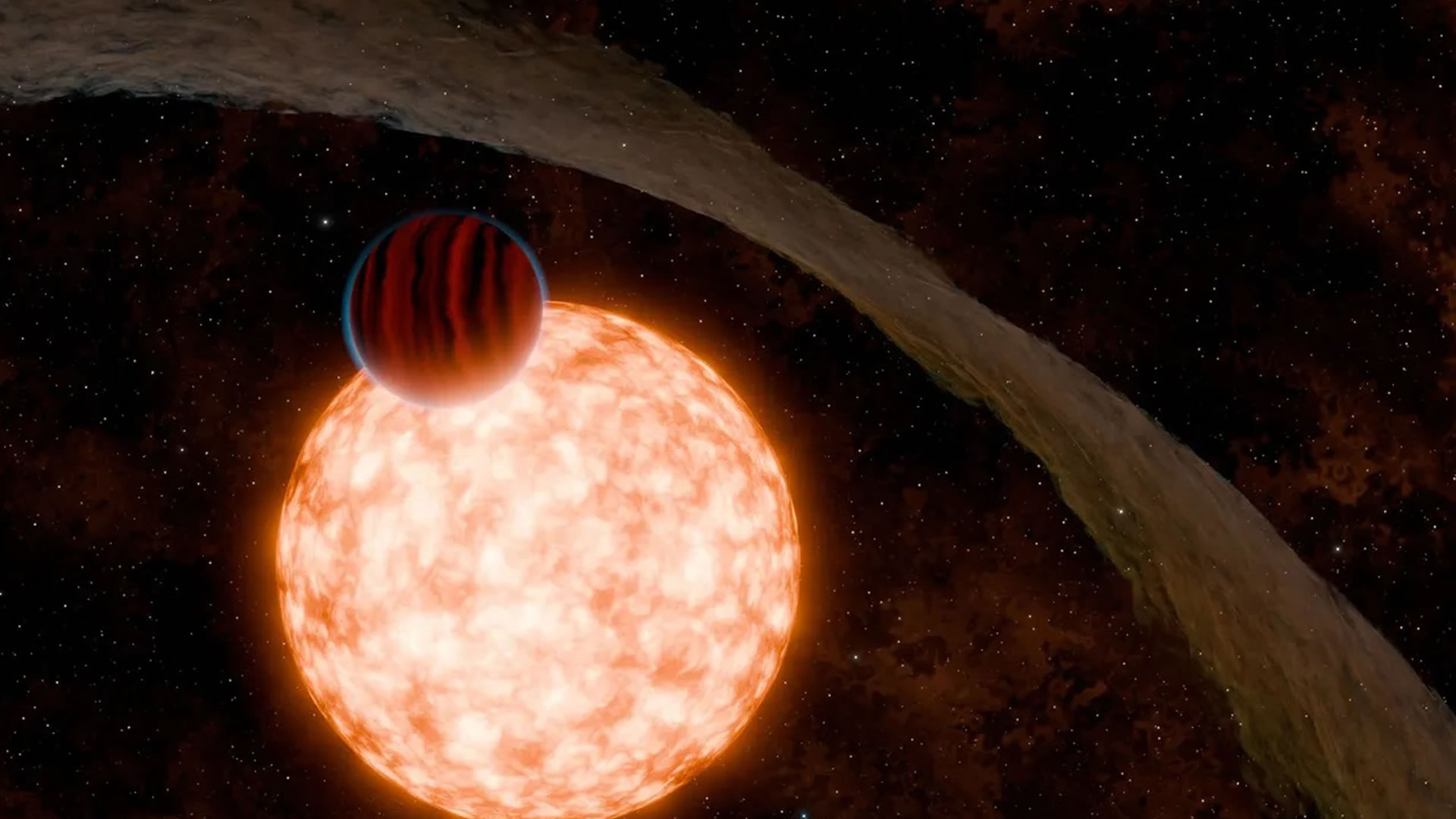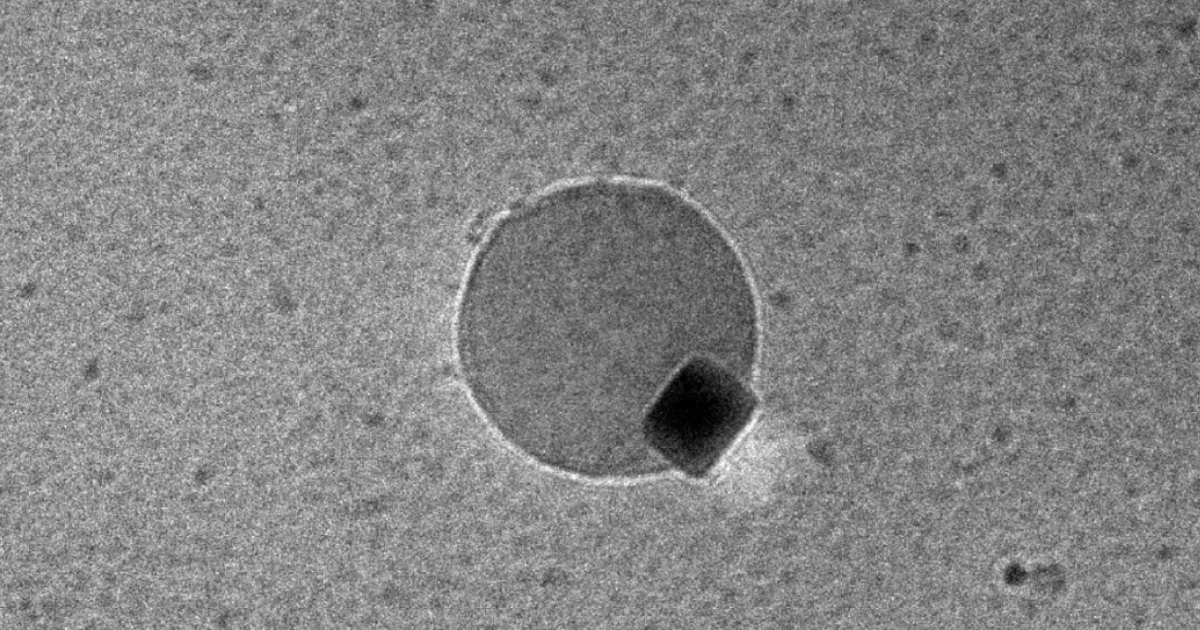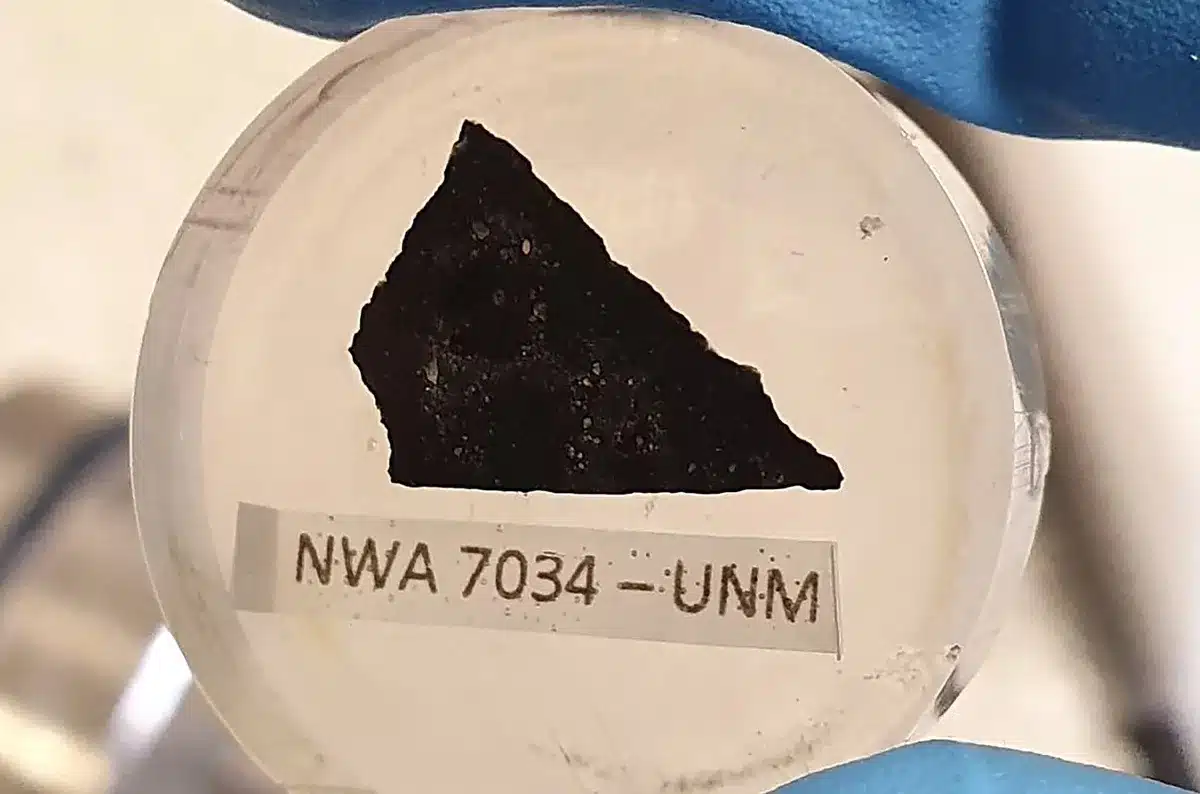“The reason we have magnets in our daily life is because of the energy of electron exchange,” said Ataç İmamoğlu, a physicist at the Institute for Quantum Electronics. According to İmamoğlu, there might be other ways to create magnets. Nagaoka observed that in a lattice structure, specifically squares, with only one electron on each side, removing one electron under certain conditions led to the remaining electrons interacting and creating a low-energy lattice. This resulted in a material exhibiting ferromagnetic properties. Building on this concept, İmamoğlu and his team experimented with single-layer sheets of atoms that could be combined to form a moiré pattern. Moiré patterns can significantly alter the behavior of electrons in thin circular materials. By introducing weak magnetic fields to the moiré material and observing the alignment of electrons with the fields, the researchers found that the material exhibited ferromagnetic behavior only when it had 50% more electrons than lattice sites. This behavior was unexpected based on traditional Nagaoka ferromagnetism. Further exploration revealed that the material’s energy decreased when extra electrons were removed, leading to the formation of doublons, pairs of electrons with different spins that created small ferromagnetic fields in the material as they spread through the lattice.
Scientists Have Discovered a New Form of Magnetism














